Going up for auction on Wednesday, April 24, at the British house Dreweatts, is the collection of Count Manfredi della Gherardesca (1961 - 2022), a celebrated interior designer, collector, art dealer, and curator who passed away in 2022. The sale, titled Alchemy of Design. The Collection of count Manfredi della Gherardesca will disperse more than 400 lots on the market with a total value of about 600,000 pounds. Manfredi was born into the noble della Gherardesca family and grew up surrounded by the beauty of Florence’s museums and galleries. This environment allowed him to develop a solid awareness of his own taste and the importance of the decorative arts as the foundation of Western culture. Later, Manfredi della Gherardesca was drawn to the contemporary and the way contemporary art challenges entrenched tastes and prejudices. The designer would devote the rest of his professional life to balancing these two important issues. The thrill of placing two seemingly incongruous objects next to each other without diminishing the importance of either, but instead creating a kind of wonderland where guests could learn and see something “different” was something of an obsession for Manfredi della Gherardesca.
Among those close to him, the American artist Jeff Koons said, “Manfredi was an extraordinary person. His aesthetic was clear and sharp. I remember a time when Manfredi invited me to see Poussin’s early pastoral paintings. To this day I still feel the quality of those works and the atmosphere he shared with me. I will always feel united with Manfredi through the sensitivity he shared with me of his vision of greatness.” Lady Getty described him as an “iconoclast, an aesthete, an eclectic. a Man of a more refined and romantic age, straight out of a sixteenth-century Florentine painting. He had unbridled eclecticism and artistic taste, tempered by his incredible eye and absolute conviction. A rare star that illuminated our firmament for too short a time.”
Manfredi della Gherardesca’s career began with his appointment as director of L’Antiquaire & The Connoisseur Gallery in New York. He then moved to Citibank’s private art advisory division before becoming president of Sotheby’s Italy. In 2000 he founded MDG Fine Arts to bring together galleries, auction houses, institutions and private collectors, and in 2016 he switched to interior design, after being regularly invited to help furnish some homes with antiques and fine art.
Dreweatts’ sale explores Manfredi’s many activities, ranging frommodern and contemporary art to design and photography, via Old Masters, furniture, English and European sculpture, as well as the many exceptional decorative objects that he used precisely as alchemical elements (hence the title of the sale) to balance and curate his eclectic harmony. Commenting on this extraordinary collection, Joe Robinson, head of Sales and Private Collections at Dreweatts House, said, “Manfredi possessed the rare quality of having excellent taste, vast knowledge and extraordinary vision. His deep passion made him a unique, sophisticated and eclectic collector with a cultural depth representative of his keen appreciation for beauty in all its forms. Dreweatts is proud to have worked with Manfredi in the early stages of developing his sale and to have relied on his collection. The collection is emblematic of his sublime, witty and original style.”
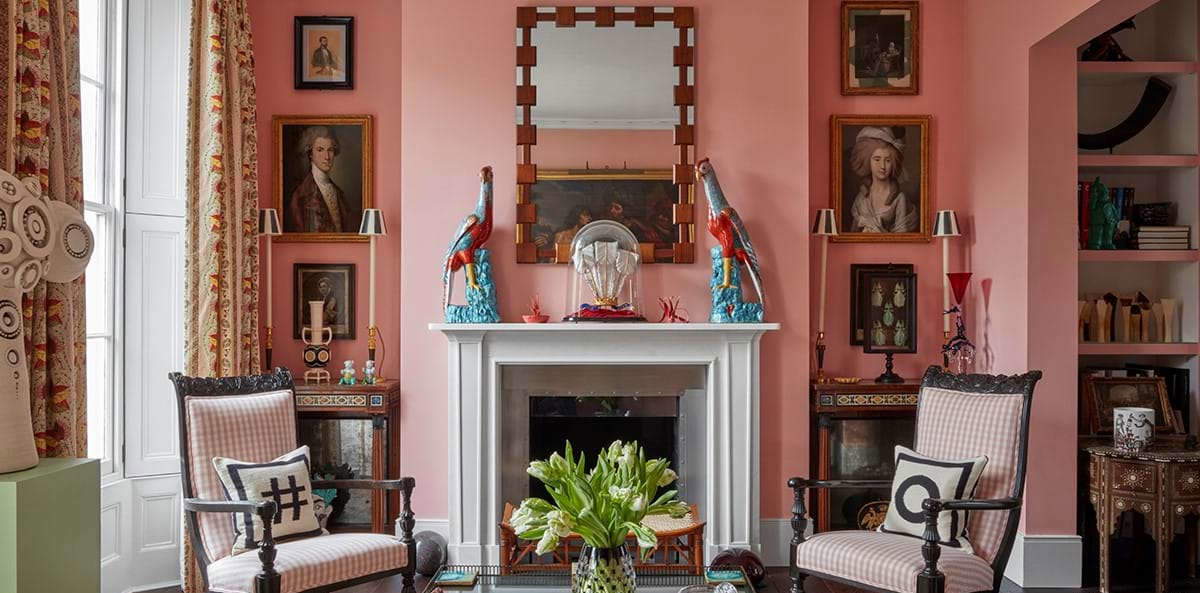
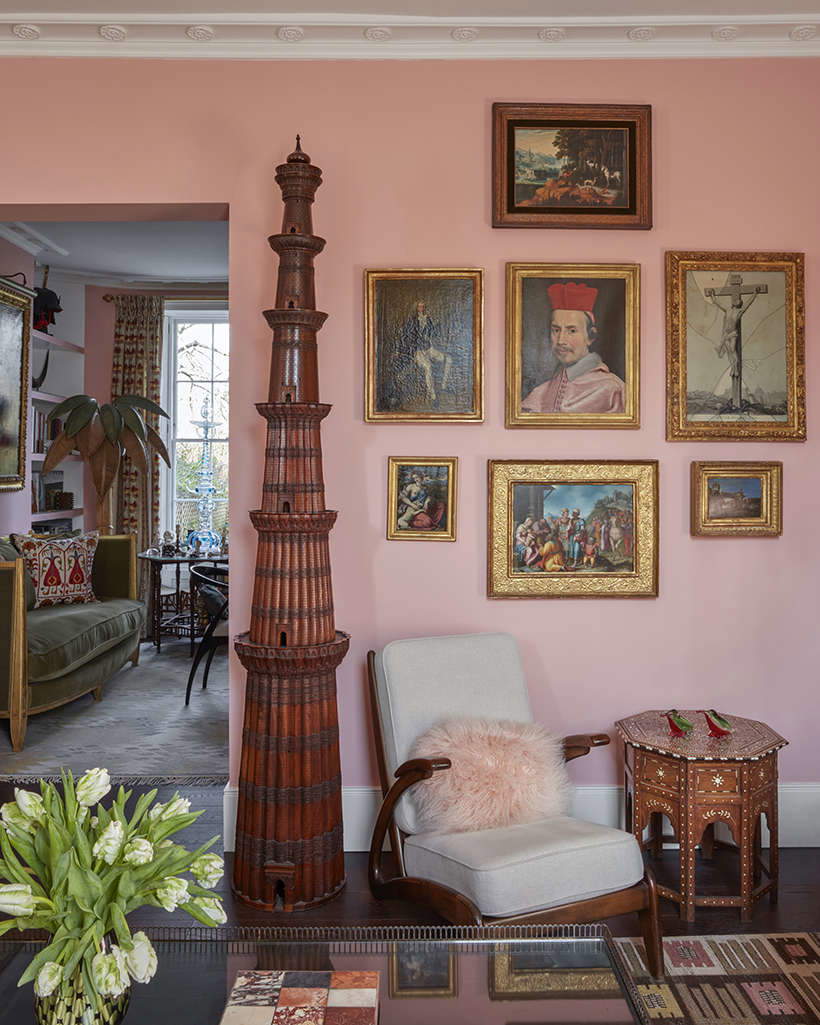
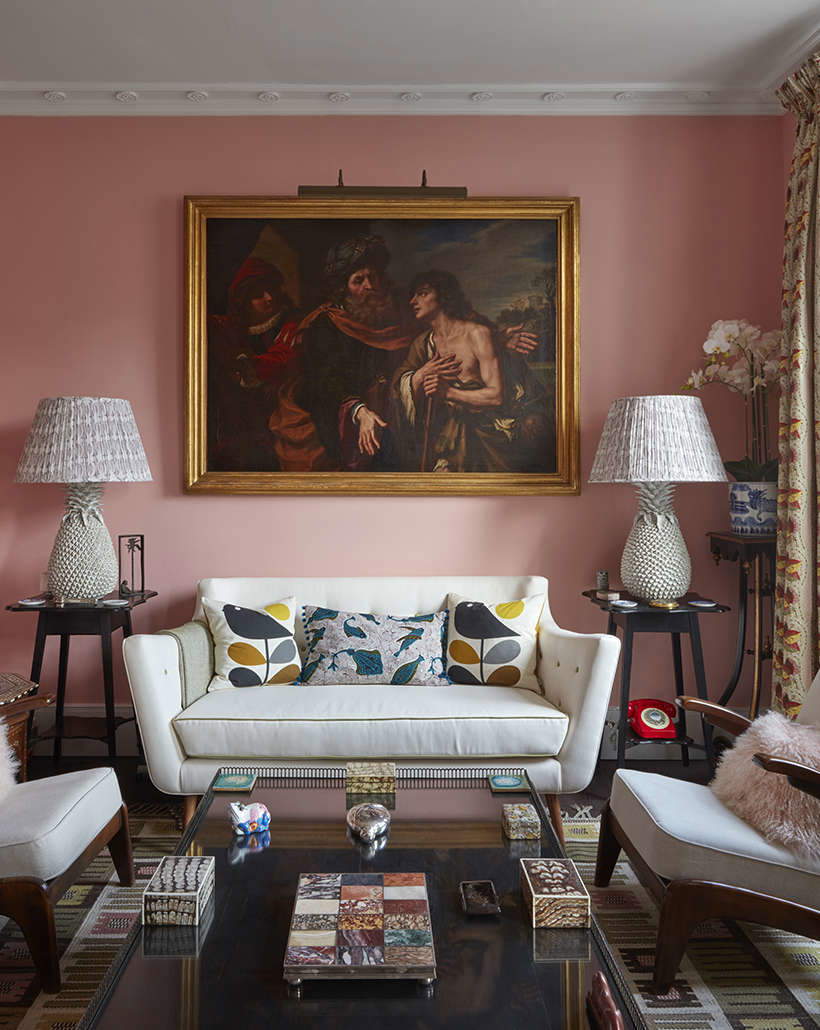
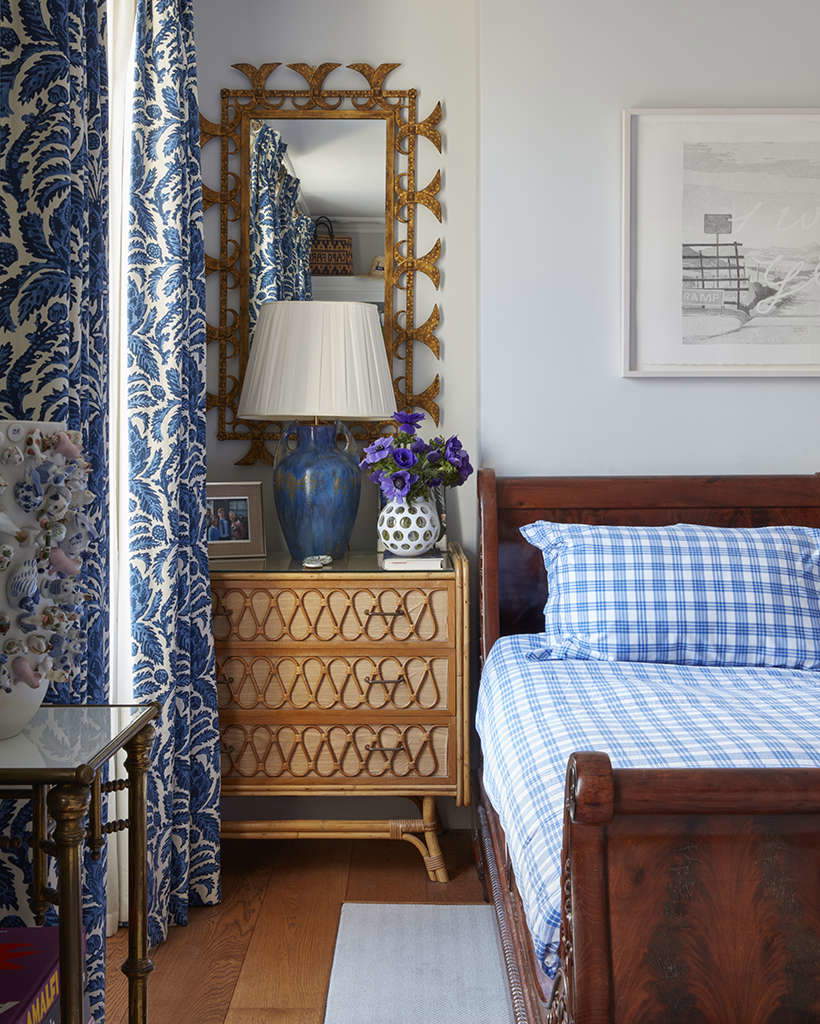

Among the highlights of the collection is a study for a portrait of Gerland Heard (estimate £20-30,000, about €23-35,000) by British modern artist Glyn Philpot (London, 1884 - 1936). Gerland Heard was a friend of Aldous Huxley, W.H. Auden and Christopher Isherwood, who dedicated the novel A Meeting by the River to him. He was a follower of the Vedanta movement and wrote a book called Pain, Sex and Time.
Then there is a painting by Flemish painter Jacobus Ferdinandus Saey (Antwerp, 1658 - Vienna?, 1726), whose work focused on depicting groups of elegant high-society figures, exuberantly dressed and engaged in creative or artistic activities, in front of large imaginary classical, Renaissance and Baroque buildings. Some of Saey’s architectural scenes were inspired by subjects from the Bible or mythology, while others simply told a visual story for pure entertainment, involving imaginary figures invented by the artist. Saey sought to impress viewers with his technical achievements of architectural perspective, intense lighting and fantastical figures. The oil-on-canvas painting offered is titled A Classical Portico with Elegant Company Gathered by a Fountain, is signed and dated 1694, and sells with an estimate £10-15,000 (about 12-18,000 euros).
Singular is the Portrait of a Poodle by French Rococo painter, engraver and tapestry designer Jean-Baptiste Oudry (Paris, 1686 - Beauvais, 1755), typical of the artist’s works, which were mostly naturalistic paintings of animals. After enrolling in the art school of the Académie de Saint-Luc, Oudry focused on portraiture, working with the great French artist Nicolas de Largillière from 1707 to 1712. Oudry graduated very young at the age of 22 in 1708 and was praised for his exceptional talent. After making his mark in portraiture, Oudry began to create still life paintings with animals, fruit, and religious subjects. During this period he was commissioned by the director of the royal tapestry manufactory in Beauvais, Noël-Antoine de Mérou, to create designs for one of the most famous tapestry series of the period in history, Les Amusements Champêtres. Oudry was introduced to the Marquis de Beringhen, master of the royal stables, for whom he executed a pair of paintings in 1727, followed by a suite of landscapes in the Flemish manner. This led to much more prestigious commissions for animal portraits, such as hunting scenes and pets of wealthy families. The oil-on-canvas painting offered at auction depicts a rather majestic poodle standing proudly and dominating the scene; the estimate is £6-8,000 (about €7-9,300).
There is also a work by one of the most noteworthy American artists, Lorna Simpson (Brooklyn, 1960), the first black woman to have her work exhibited at the Venice Biennale. She is known for her use of old photographs that are given new context by combining other materials to create a collage effect. A sentence is then added to make a statement on topics such as identity politics. He later added installations, videos and paintings to his work. The work for sale is titled Redd and reverses the female figure’s hair, forcing the viewer to reevaluate who this person is, thus challenging us to rethink her identity. It is valued at 10-15,000 pounds (about 12-18,000 euros).
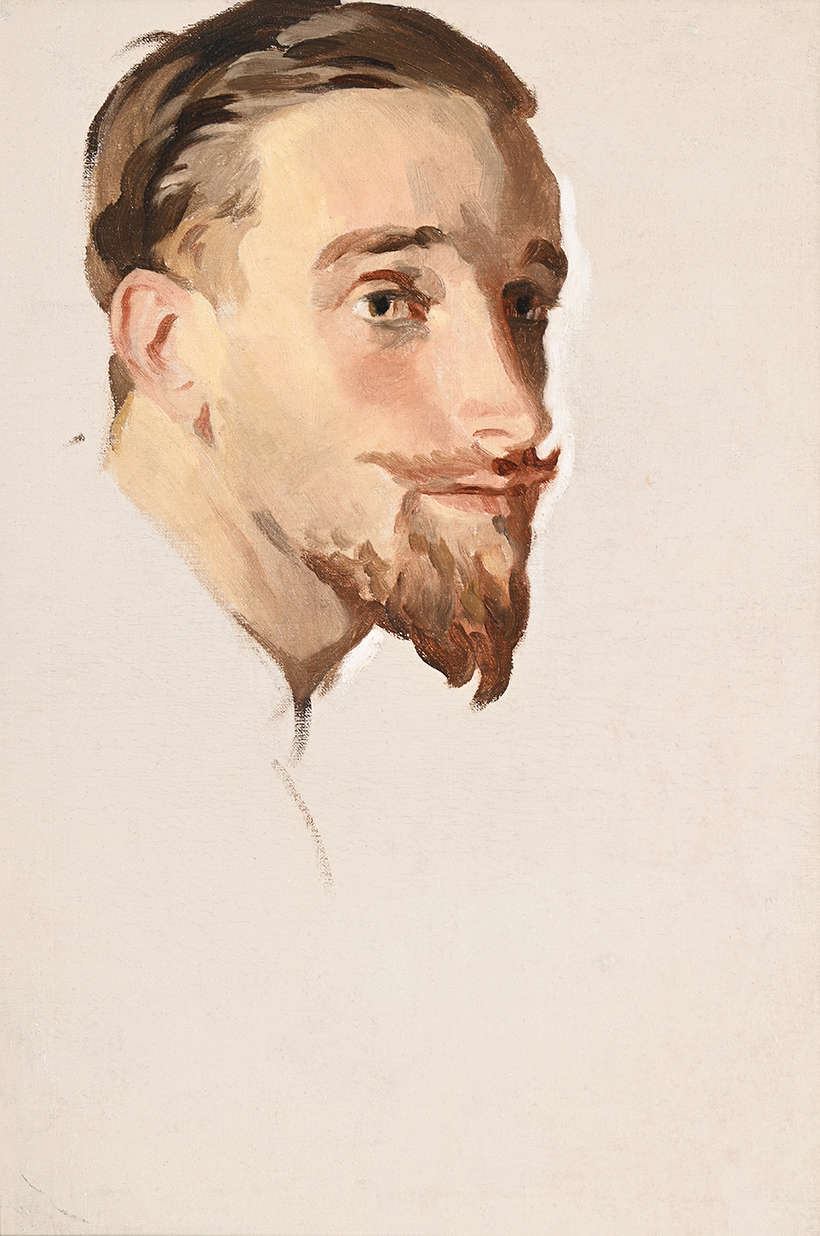


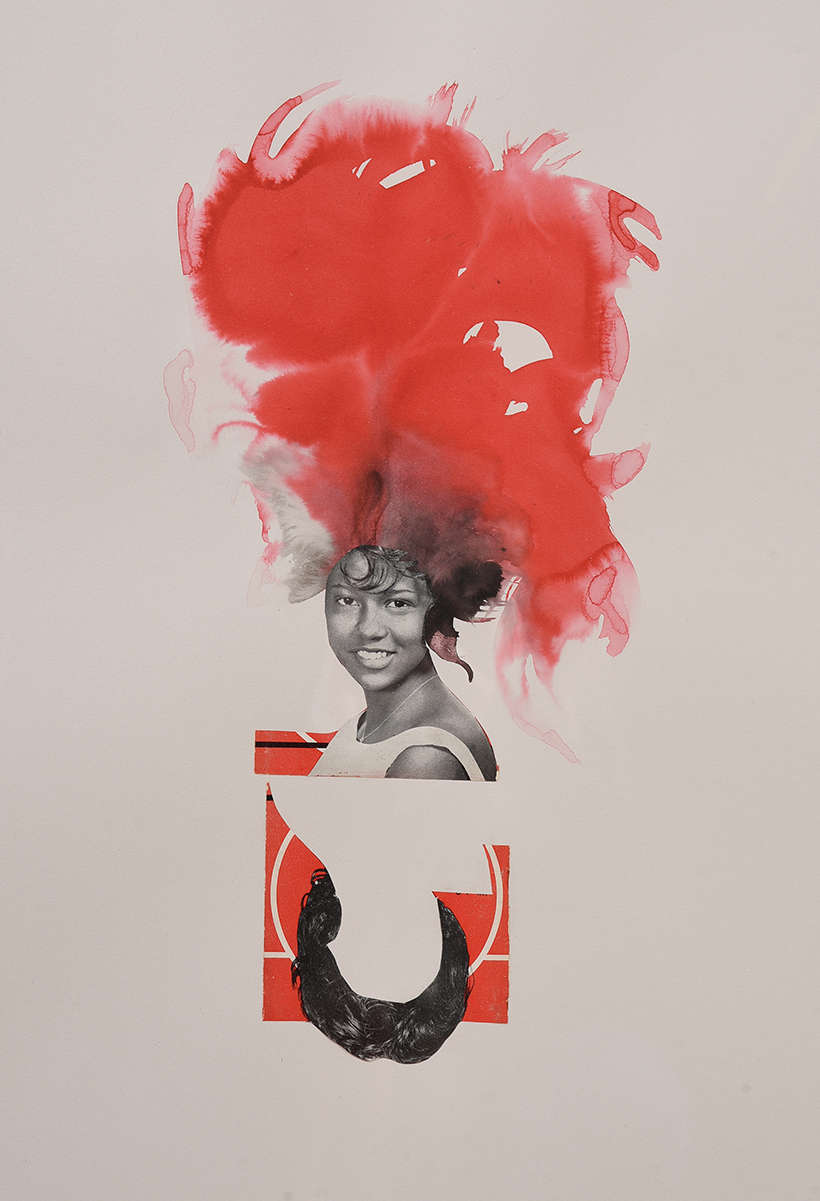
Important pieces of furniture as well. On sale, among others, is a rare example of the glossy red lacquered fiberglass Floris chair, made famous by designer Guenter Beltzig (Wuppertal, 1941) in 1967. In the late 1960s, Beltzig devoted himself to designing innovative plastic furniture reinforced by molded, ergonomic casts that flowed into plant-like shapes. Originally conceived as an outdoor children’s chair, the surrealist form of the Floris chair was based on a cast of Beltzig’s own body, which he then transformed into a seat resembling the human body. Early chairs like this belong to the first series, which included 50 pieces in a range of colors (orange, green, yellow and red), making them extremely rare. They are valued at 1,500-2,500 pounds (about 1,700-3,000 euros). Then here is a pair of Ionic Capitello wood chairs in black and white lacquer by one of the most innovative Italian artists and designers of the 20th century, Piero Fornasetti (Milan, 1913 - 1988), to show the more extravagant side of the collection. Fornasetti used pictorial and decorative images in the style of engravings on furniture, ceramics, and clothing, such as silk scarves, as well as objects. A collaboration in the 1940s with Gio Ponti (Giovanni Ponti; Milan, 1891 - 1979), who was also his patron, led to fresh and innovative pieces that proved very popular and are much sought after on the market. Fornasetti’s works, such as these, are both functional sculptures and today make a fun addition to any interior. They too are valued at £1,500-2,500.
On the decorative arts side, there is a colorful pair of “pink family” porcelain pheasants for sale. Pink family porcelain gets its name from the rosy tones of the pieces, which come from mixing colloidal gold (tiny fragments of gold suspended in water) and glaze, and was introduced to China from Europe during the reign of Emperor Yongzheng of the Qing Dynasty (1723 to 1735). The best pink family porcelain was produced in the imperial kilns in Jingdezhen: the pieces were fired and then painted, before receiving a final glaze with quartz sand mixed with lead, before a second firing. The special glaze was then used to enhance the brilliance of the colors. Very often the pieces that reached Europe were copies made by local artisans, but authenticity can be verified by signs such as the thickness of the glaze, the quality of the painting and their shape, as well as the marks of the characters painted on the base of the pieces. The pair of pheasants sells with an estimate of 1,200-1,800 pounds (about 1,400-2,100 euros).



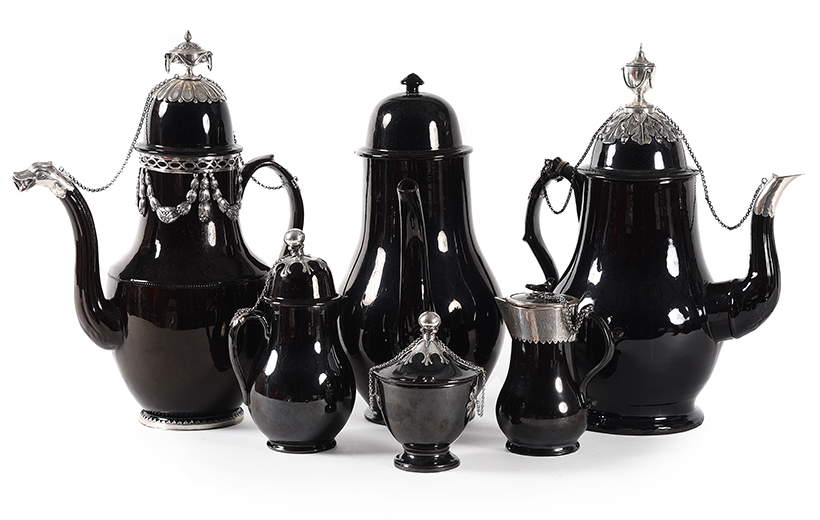
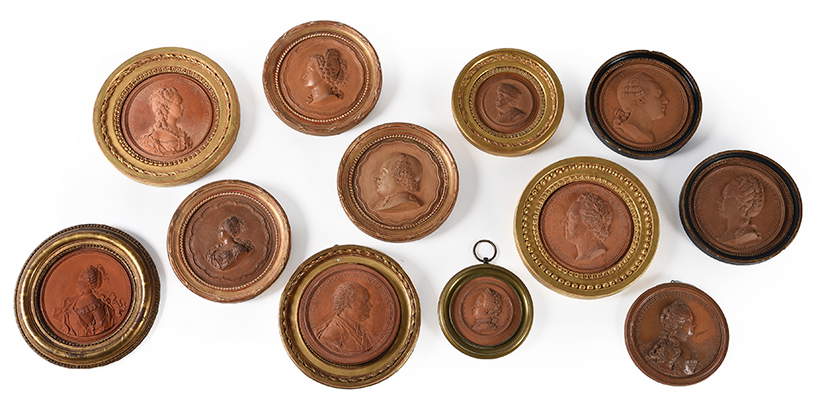
Also for sale is a group of black-glazed pieces of Belgian Namur pottery, with their characteristic black coloring obtained from a very small deposit of black clay from fossilized wood. The style and color were meant to emulate British-made black pottery of the same style, which Belgian pottery began to copy in the 18th century. Both types had the texture of fine stoneware and a strong glossy black glaze. The finest pieces were decorated with silver, as in the examples for sale, and were produced mainly for the aristocracy of Namur County. The group dates from the 19th century and reflects Manfredi della Gherardesca’s mania for collectibles of the same type (estimate is £2-3,000, about 2,300-3,500 euros).
Finally, as far as sculpture is concerned, among the most valuable pieces is a series of thirteen medallions with portraits in 18th-century Italian terracotta by the eminent sculptor and engraver Jean-Baptiste Nini (Giovanni Battista Nini; Urbino, 1717 - Chaumont-sur-Loire, 1786) and his workshop. Born in Urbino, Italy, he moved to France, specializing in the creation of terracotta medallions representing important personalities of his time. In the 18th century, terracotta became very fashionable as a material for small sculptures, including portrait busts, because it was much easier to work with than sculpted materials and allowed the artist a more spontaneous approach. Among the important historical figures he captured in this group are Benjamin Franklin, Louis XVI, Marie Antoinette, Madame de Flesselles, Jacques-Donatien Leray de Chaumont, Empress Catherine the Great, Suzanne Jarente de la Reyniere, Louis XV, and Maria Theresa of Austria. Some medallions had previous important owners, such as the private collection of Empress Catherine the Great. The medallions for sale at Dreweatts have an estimate of £8-12,000 (€9,300-14,000).
Warning: the translation into English of the original Italian article was created using automatic tools. We undertake to review all articles, but we do not guarantee the total absence of inaccuracies in the translation due to the program. You can find the original by clicking on the ITA button. If you find any mistake,please contact us.